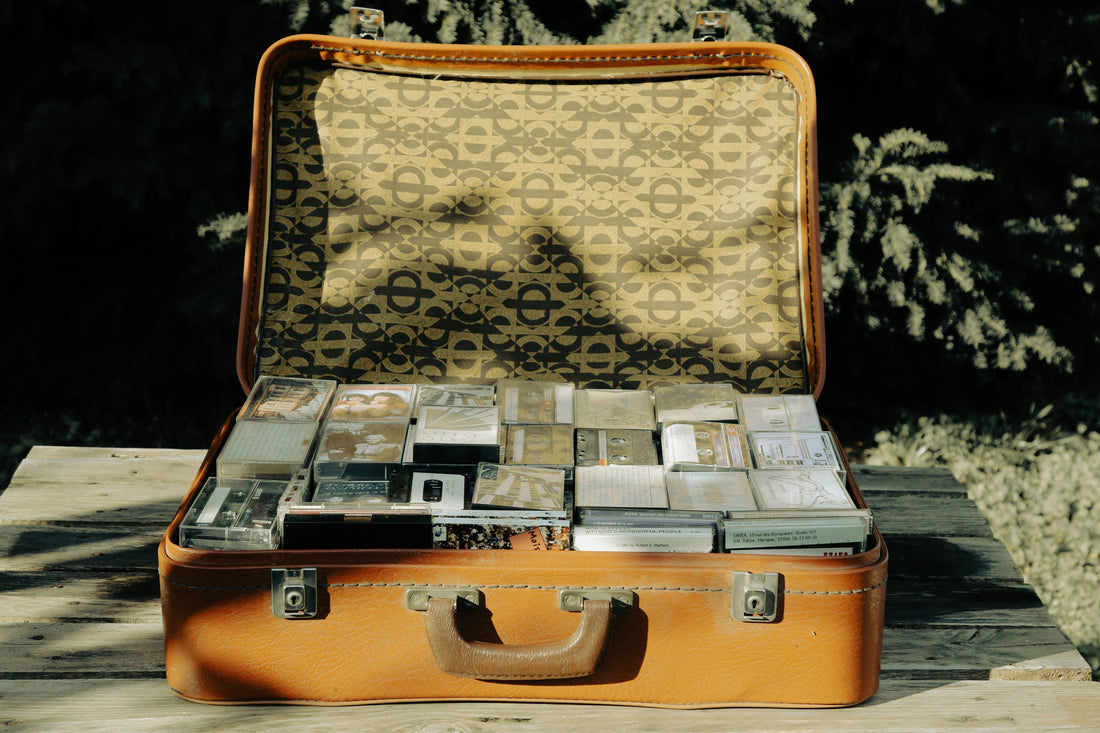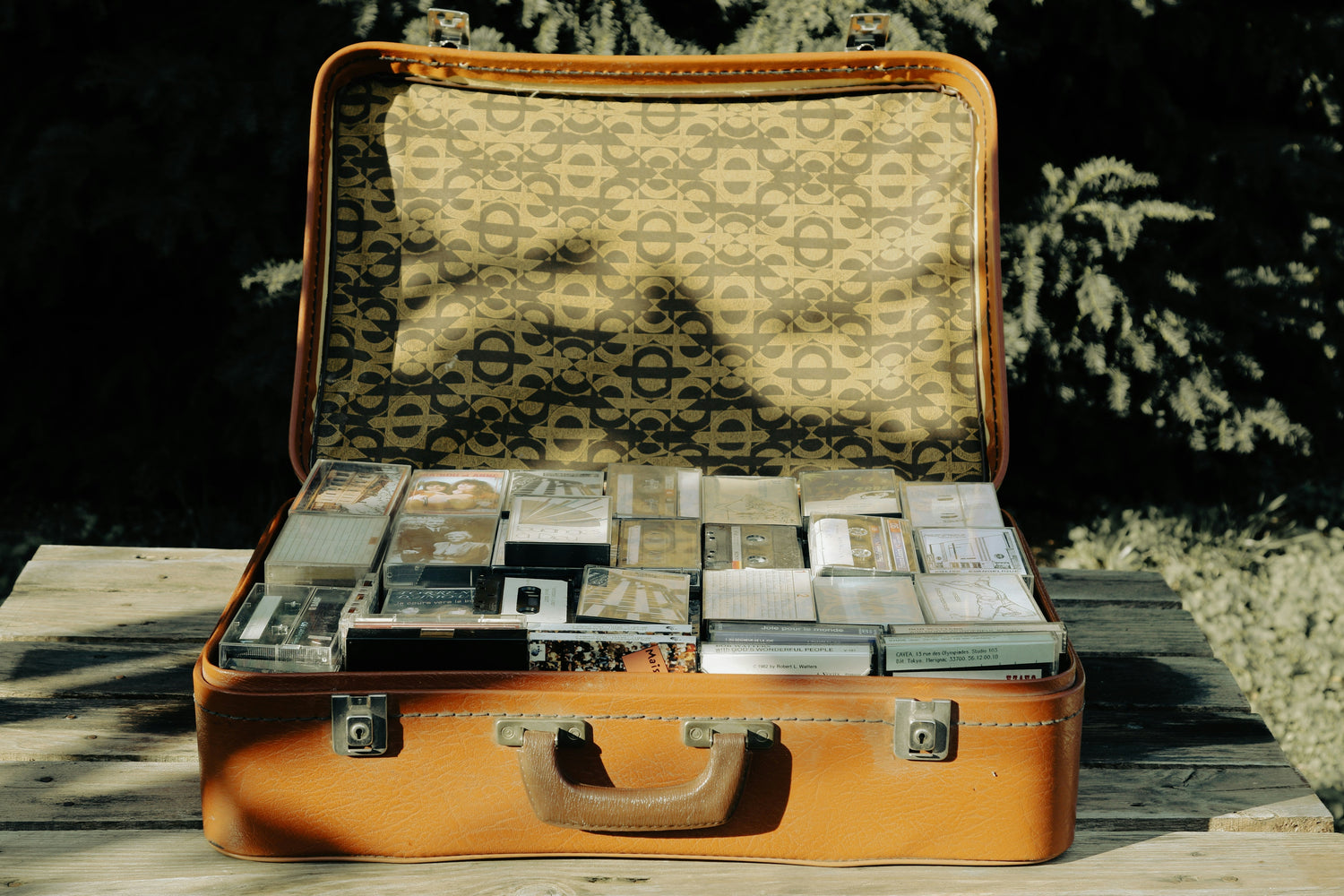Cassette tapes existed as more than music containers. During peak usage, tapes functioned as containers for music, spoken word recordings, and handwritten notes. A new generation of artists in 2025 transforms tape media beyond its original musical applications. The new wave of artists use tapes beyond music playback to create tactile narrative experiences instead of traditional Top 40 content. Here are five innovative ways cassette tapes function as instruments of contemporary creative expression without depending on musical content.
Rewound and Repurposed: How Artists Are Hacking the Cassette
QR-Code Zines in J-Cards
Some underground zines replace traditional paper with QR codes which they place inside cassette cases. The codes connect users to special digital artwork as well as short films and augmented reality features which transform the tape into a digital gateway. The physical content resides between the cassette and smartphone although the tape itself displays either empty space or abstract sound patterns.
The UK art collective Ink Loop distributed their exclusive interactive fiction chapters and visual poetry overlays through limited-edition cassette case QR codes which function only with mobile AR technology.
Tape Loop Installations
Artists utilize continuous cassette tape as their creative material. Gallery spaces feature magnetic ribbons which create visual displays while installations use tape that spins back and forth in harmony with ambient lighting. The main focus is not on sound but rather the tape's physical properties as well as its delicate nature and tangible aspects.
The kinetic sculpture "Memory Decay" by Berlin-based artist Clara Moser at Tactile Futures used cassette loops and small motors to produce movement. The exhibition showed how magnetic tape deteriorated throughout the display duration.
Voice Note Archives
Artists use tapes to preserve historical audio recordings from voicemails and voice notes, together with discovered audio snippets. It’s not about fidelity, it’s about memory. Artists transform these projects into personal audio diaries through their lo-fi production techniques to display genuine historical sounds from analogue and early digital periods.
Milo Grant's audio art project "Dialtone Diaries" preserves abandoned answering machine messages from the 1990s onto cassette volumes that come with handwritten labels and typed liner notes to transform abandoned voicemails into sentimental artifacts.
Digital-Analogue Hybrids
A reverse technological paradox occurs when cassette containers become distribution vehicles for digital content. Artists embed NFC tags or USB drives inside their cassette releases while maintaining the physical appearance of a traditional tape. The format hack operates as a modern approach that offers nostalgia but delivers contemporary functionality. The A2D2 Stream functions as a digital-analogue hybrid device that enables effortless movement between these two domains.
The Glitchcraft Tapes label introduced "Data Side B" as a series which embeds USB drives containing remixes, 3D printable art and studio footage inside each cassette release.
Silent Releases
Some artists have started making their tapes without any audio content. No audio. No files. The only items inside these releases include artwork and liner notes together with potential poems and manifestos. The project delivers its message through the complete absence of sound. Listening to this artwork requires more than ear perception since context stands as the essential element.
Ella Shin used the performance art piece to distribute a blank audio tape named "This Is Not Sound." The J-card included a QR code which unlocked a digital location-based poem when listeners experienced absolute silence.
Cassette tapes now function as flexible media for fresh ideas instead of simple retro formats. The simple tape format exists beyond nostalgia because it serves as a versatile tool for sound preservation alongside physical-digital fusion projects and silent statement-making. The A2D2 Stream functions as a bridge between analogue and digital domains with precision which enables all types of innovative cassette projects to thrive in today's listening environment.


